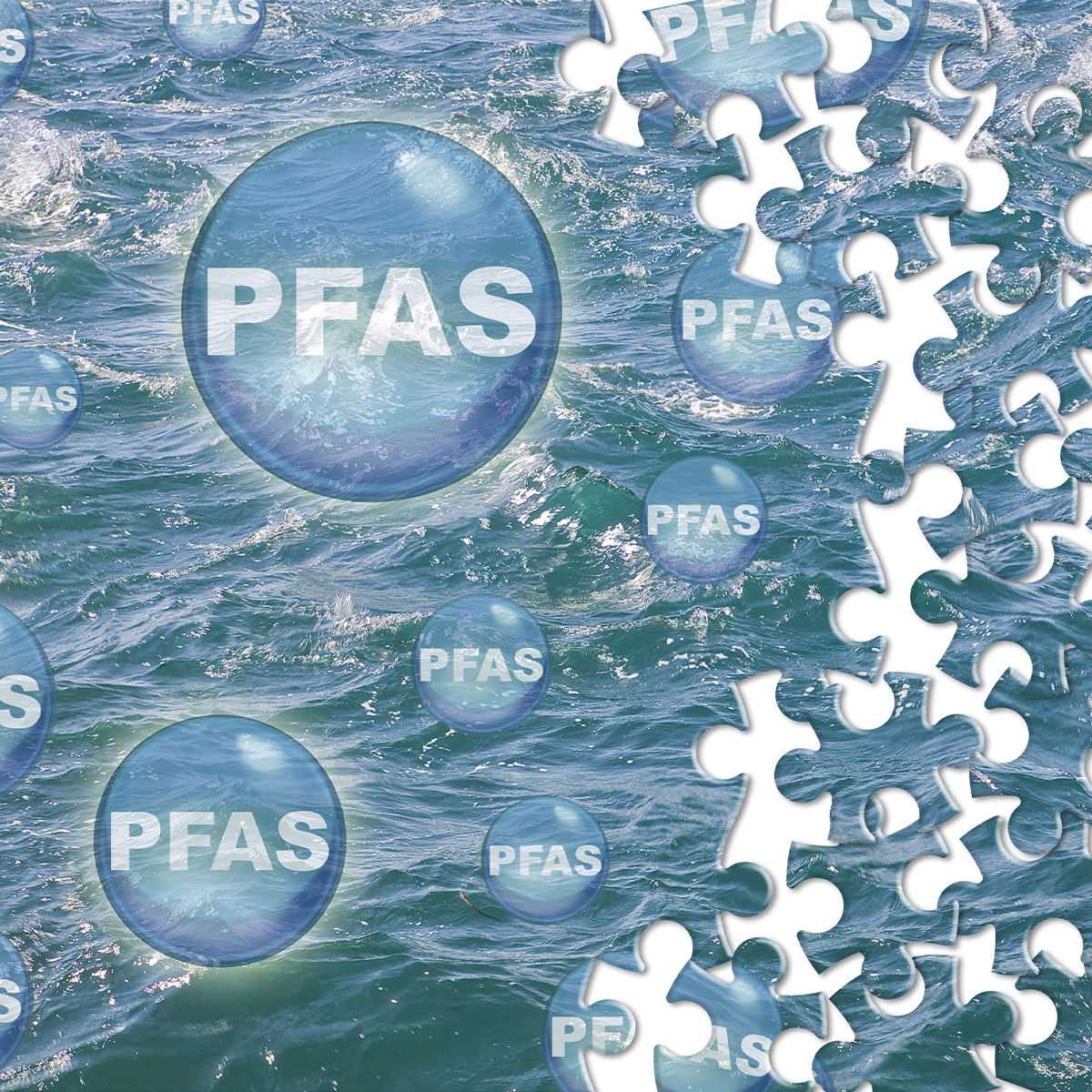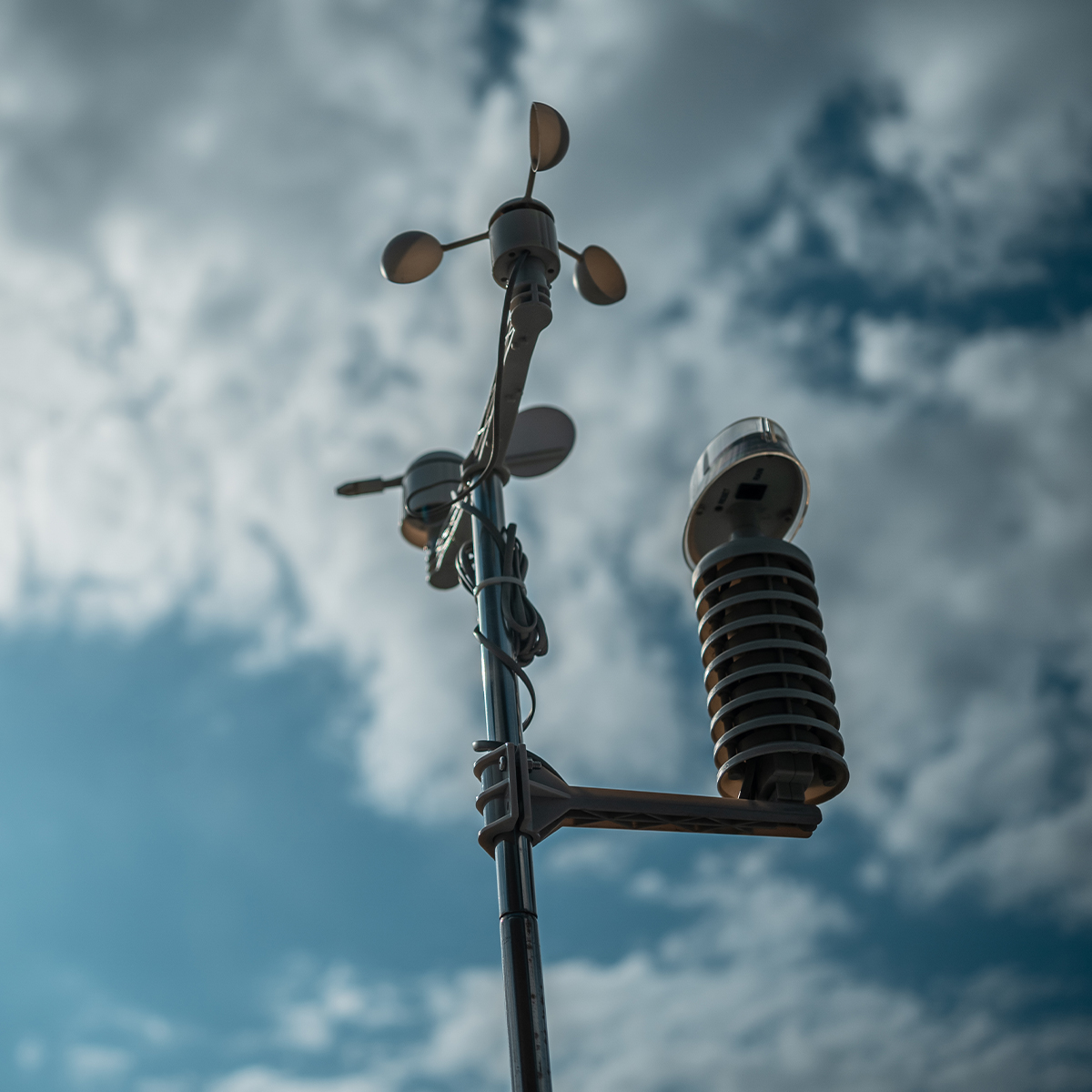-
Property & Casualty
Property & Casualty Overview

Property & Casualty
We offer a full range of reinsurance products and the expertise of our talented reinsurance team.
Expertise
Publication
Structured Settlements – What They Are and Why They Matter
Publication
PFAS Awareness and Concern Continues to Grow. Will the Litigation it Generates Do Likewise?
Publication
“Weather” or Not to Use a Forensic Meteorologist in the Claims Process – It’s Not as Expensive as You Think
Publication
Phthalates – Why Now and Should We Be Worried?
Publication
The Hidden Costs of Convenience – The Impact of Food Delivery Apps on Auto Accidents
Publication
That’s a Robotaxi in Your Rear-View Mirror – What Does This Mean for Insurers? -
Life & Health
Life & Health Overview

Life & Health
We offer a full range of reinsurance products and the expertise of our talented reinsurance team.

Publication
Key Takeaways From Our U.S. Claims Fraud Survey
Publication
Favorite Findings – Behavioral Economics and Insurance
Publication
Individual Life Accelerated Underwriting – Highlights of 2024 U.S. Survey
Publication
Can a Low-Price Strategy be Successful in Today’s Competitive Medicare Supplement Market? U.S. Industry Events
U.S. Industry Events
Publication
The Latest in Obstructive Sleep Apnea -
Knowledge Center
Knowledge Center Overview

Knowledge Center
Our global experts share their insights on insurance industry topics.
Trending Topics -
About Us
About Us OverviewCorporate Information

Meet Gen Re
Gen Re delivers reinsurance solutions to the Life & Health and Property & Casualty insurance industries.
- Careers Careers
Evaluating Tornado Risk

April 28, 2021
Marc Dahling,
James Whamond
Region: North America
English
Nearly a decade after our last study in 2012 of tornado frequency across the U.S., we were recently interested in reviewing those findings to see if the conclusions were still valid today. Comparable to the urgent questions that are now being asked within the insurance industry about the recent dramatic increase in wildfire frequency and insurance losses, back in 2011/2012 there was similar concern whether severe tornadoes were becoming more frequent and were to become the new normal.
Despite a dramatic increase in 2011 in the number of EF-3, 4 and 5 tornadoes – with six different EF-5 tornadoes that caused much destruction in Alabama, Missouri, Mississippi, and Oklahoma – we concluded that this was not the new normal and that the long-term pattern of severe tornado frequency had not increased nor decreased significantly since the 1950s.
With this backdrop, we thought it was appropriate to investigate tornadoes again and re-address the questions, “Has severe tornado activity increased from a purely meteorological perspective - and when viewed from an insurance perspective?” and stated another way, “Do we indeed have a new normal?”
The framework of our analysis focused on three areas:
- Reviewing meteorological records from NOAA data to analyze annual tornado counts and severities
- Reviewing insurance industry losses and premium data to analyze trends in tornado losses
- Analyzing how Severe Convective Storm models capture loss potential when measured against long-term 60+ year historical record of severe tornadoes
Tornado Alleys and Seasons
As many in our industry know, the concept of a single "Tornado Alley" in the Midwest and a single tornado season is misleading. While the total number of tornadoes lines up well with this traditional view, many severe tornadoes exhibit a strong tendency to occur in what is commonly referred to as the Dixie Alley in the Southeast. The following exhibits reflect this pattern.



Meteorological Frequency and Severity
According to meteorological records, tornadoes have been occurring with higher overall frequency since 1950 with a significant increase since the late 1980s. However, this phenomenon is most likely attributable to better observational reporting that resulted from the nationwide implementation of sophisticated Doppler radar in the 1980s, increased public interest in weather, and trained weather spotters starting in the 1970s.

From an insurance perspective, the key finding from meteorological frequency and severity records concerns the frequency of EF3-EF5 tornadoes, which cause the majority of meaningful insurance losses. The frequency of these severe tornadoes does not appear to be trending up, as demonstrated in the three charts below.

Observational counts of severe tornadoes actually appear to be a bit lower after the advent of Doppler radar and improved weather spotting.
In fact, we believe the lower averages reflect not only better observational capabilities but also the advent of the Fujita Scales (F0 through F5) and later Enhanced Fujita Scales (EF0 through EF5), which applied more scientific and consistently reliable benchmarks to evaluate the true power of an individual tornado.


Insurance Observations
Based on industry numbers, we analyzed tornado insurance loss activity against insurance premium. We found that the trend line for tornado-involved Cat losses appears to show a very slight increase, but some of that may in fact be pure randomness. We know, however, that severe tornadoes were responsible for much of the insurance losses, and the flat shape of the trend line appears to validate our findings about counts and severe tornadoes stated in the meteorological section above.
PERSONAL LINES
An analysis of Tornado-Related Cat loss versus premium base for Homeowners insurance indicates an annual increase of 1.7%. When we tested losses against amount of insurance, the shape of the trend line was very similar.
By contrast, if severe tornadoes were occurring more frequently, we would expect to observe the points strongly trending upward in more recent years.

COMMERCIAL LINES
Similar to the Personal Lines chart, the trend is almost flat for Commercial Property, with the annualized trend increasing only 0.4%. This is therefore another dataset supporting both our 2012 and current conclusion about the long-term frequency pattern of severe tornadoes.

In this recent study, we used 22 years of experience and modeling analysis and tested with similar but slightly different start and end points, which did not materially change the slope of the trend line. It generated very similar results to our 2012 study: The real frequency of severe tornadoes doesn’t appear to be exhibiting any significant change in long-term trend.
Modelling
Lastly, we again took a look at Severe Convective Storm (SCS) Cat modeling, and similar to our observations almost 10 years ago, we continue to find an apparent but interesting disconnect where higher Annual Aggregate Loss values (AALs) were being generated in areas that seemed in conflict with the spatial distribution of the long-term historical record of EF3 to EF5 tornado activity where we believe more insurance losses would be expected.

We then tried a different approach by modeling only those events that represented EF3-EF5 tornadoes.

The results of this comparison lined up much closer to NOAA’s Historical Tornado data plotted in a mapping tool.

Takeaways for Underwriters and Modelers
This updated analysis of our original 2012 study reaffirmed our previous findings.
Weather - Using another decade of NOAA data, we still did not find a meaningful trend in either direction for the frequency of severe tornadoes.
Insurance - Unlike hurricanes, tornadoes occur frequently and consistently enough per year, and over decades, that insurers can conduct a detailed and credible analysis on loss costs that can offer some form of experience rating that is informative and useful. Careful attention to growth of insured exposures and changing population densities is important in this type of analysis. Our insurance observations demonstrate the usefulness of analyzing severe tornado activity against measures, such as premium and insured values.
Models - Even using updated model versions, we consistently found that the historical spatial distribution of severe tornadoes does not line up very well with catastrophe-modeled annual aggregate losses for the entire spectrum of tornadoes. In our effort to better capture the historical distribution of severe tornadoes, our customized approach in our analysis appears to give a much better match. This serves as a reminder that models are a starting point (not an end point), and calibrating against historical experience is crucial.
There is keen interest in better understanding the peril of Tornado, and we will continue to closely monitor this over the next decade.
What Gen Re Can Do
Gen Re can help you get connected with historical data and get beyond what the models tell you; they can be confusing. It’s important to check the relevance of the models' results for your business and how the historical data could matter to those results.





